Staff writer Attention American kids! There are no samurai striding down the streets of Tokyo anymore. And, you know, the "Pokemon" character you're so crazy about actually originated in Japan. Despite the long-standing partnership with Japan and the permeation of Japanese products into daily life in the U.S., many American children have little understanding of this East Asian country or its people, according to Catherine Martens, president of the Capital Children's Museum in Washington, D.C. She and her colleagues want to help change all that with a new exhibition at the museum. The CCM, one of several pioneering museums designed especially for children, last summer launched a permanent exhibition titled "Japan: Through the Eyes of a Child," an interactive exhibit on Japanese life today. For the nonprofit organization, a lack of public funding means help from the private sector is indispensable to continue the $1 million-plus project. Martens is calling on Japanese firms to join the list of sponsors. While nearly 50 corporations in Japan and the U.S. have offered their support so far, the budget is still very tight, said Martens, who is currently on a fundraising trip in Japan with Penelope Fletcher, vice president of the organization. "We need (sponsorship) very quickly." The exhibition, the museum's latest cross-cultural project, is designed to virtually immerse children in the Japanese culture, based on re-creations of Japanese life aided by state-of-the-art computer technology. It includes a tatami room, where kids can experience cleaning the mats with a vacuum cleaner (the machine has, of course, "tatami mode"), and a traditional mom-and-pop vegetable stand, where they'll find some products they are unlikely to encounter in their own kitchens weighed in grams under the metric system. Through a computer-simulated ride on a bullet train, kids can experience the country's transportation system and geography, the latter of which is considered a very important component of the exhibition. "Many children think Japan is the same everywhere," Fletcher said. "The exhibition shows the diversity of the country in climate as well as culture." An effort was made to ensure the display items are realistic. Structures were designed and built in Japan, and all pieces, from the dish-washing soap in the kitchen to the postbox on the street corner, were brought from Japan. "Many Japanese visitors say they are surprised because things are so accurate," Martens said. While many museums with cross-cultural undertakings tend to emphasize the exotic aspects of foreign life, the CCM's exhibit puts the same weight on similarities. "Kids will learn many Japanese eat Kellogg's cornflakes for breakfast just like them," with the only difference being that the writing on the box is in Japanese, Fletcher said. "They learn similarities while appreciating the differences." True to life, the exhibition is never complete, Martens and Fletcher said, but rather an ongoing development, updated to reflect the latest in Japanese culture. Therefore, to keep the project afloat, corporate donations are vital, Martens said. The museum hopes to raise at least $500,000 by mid-March, when the official opening ceremony for the exhibition is slated. Corporate contributions are not limited to money, Martens and Fletcher said. During their trip, they secured a pledge from a prominent kimono retailer in Tokyo to donate the traditional costumes for exhibition. So what now tops their donation wish list? Samples of wax food that sit in the glass showcases of Japan's restaurants. Those interested in the project should write to the Capital Children's Museum at 800 Third Street, NE, Washington, D.C. 20002, telephone (202)-675-4120 or visit its Web site at www.ccm.
16 mins ago



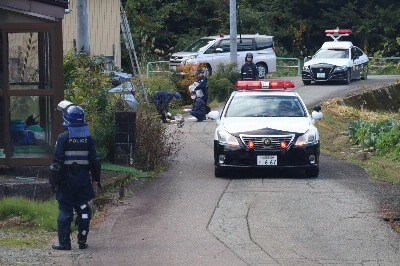


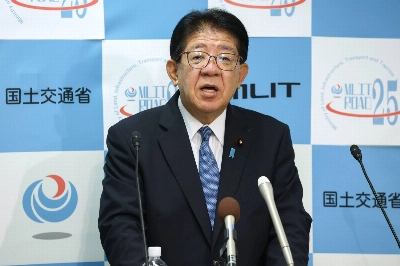
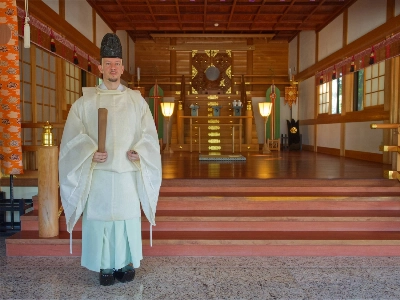

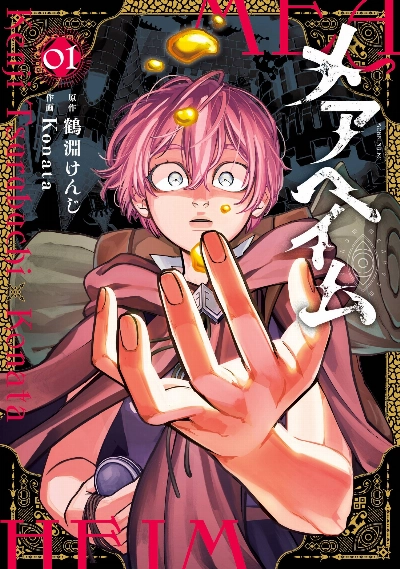
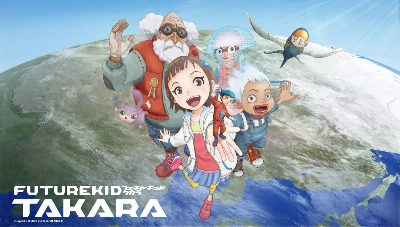
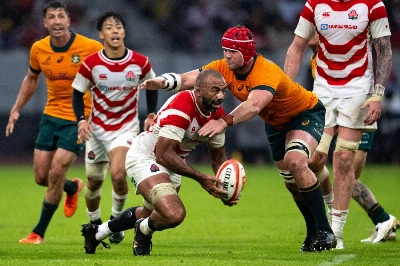
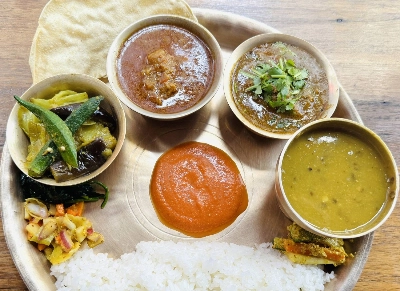





With your current subscription plan you can comment on stories. However, before writing your first comment, please create a display name in the Profile section of your subscriber account page.